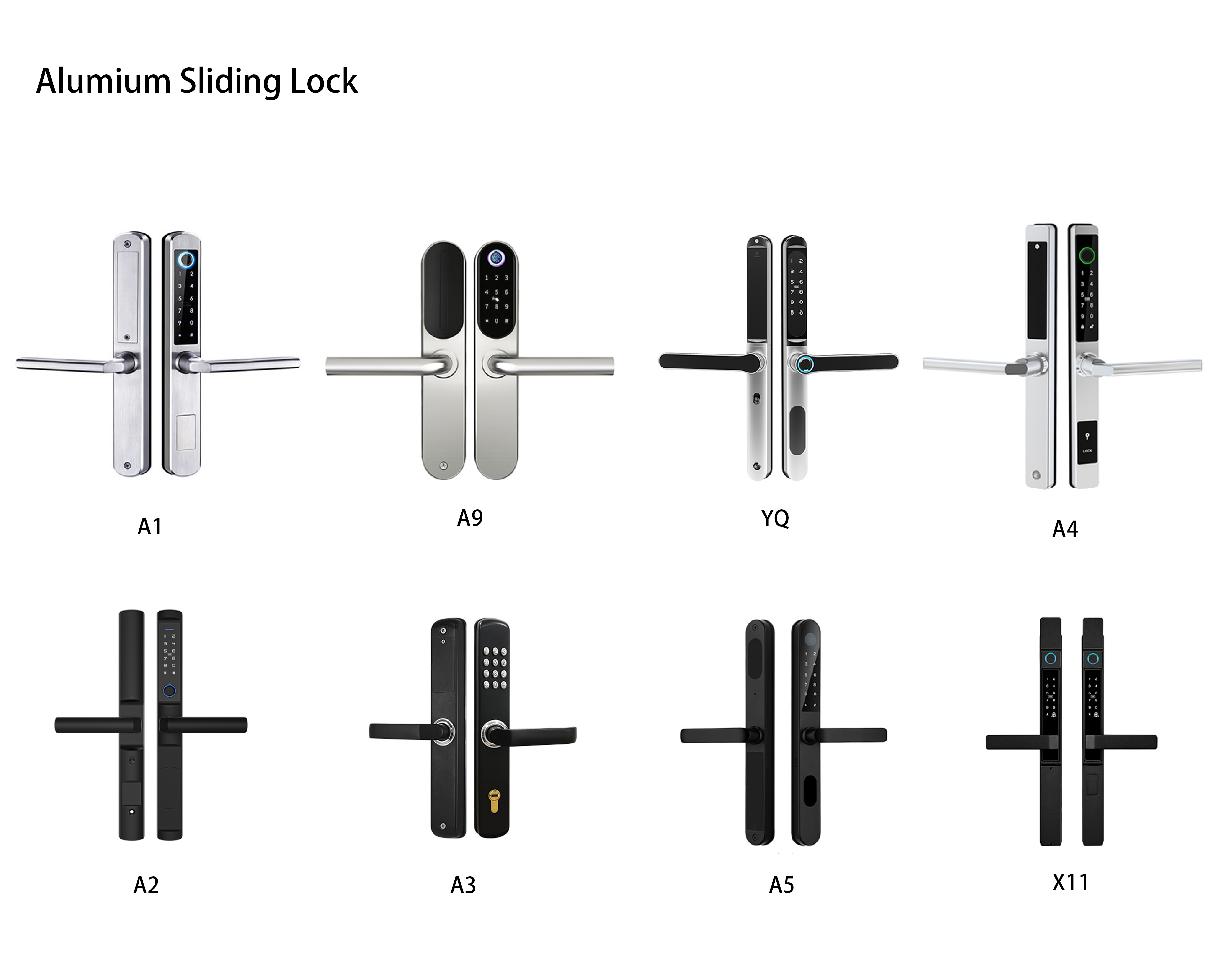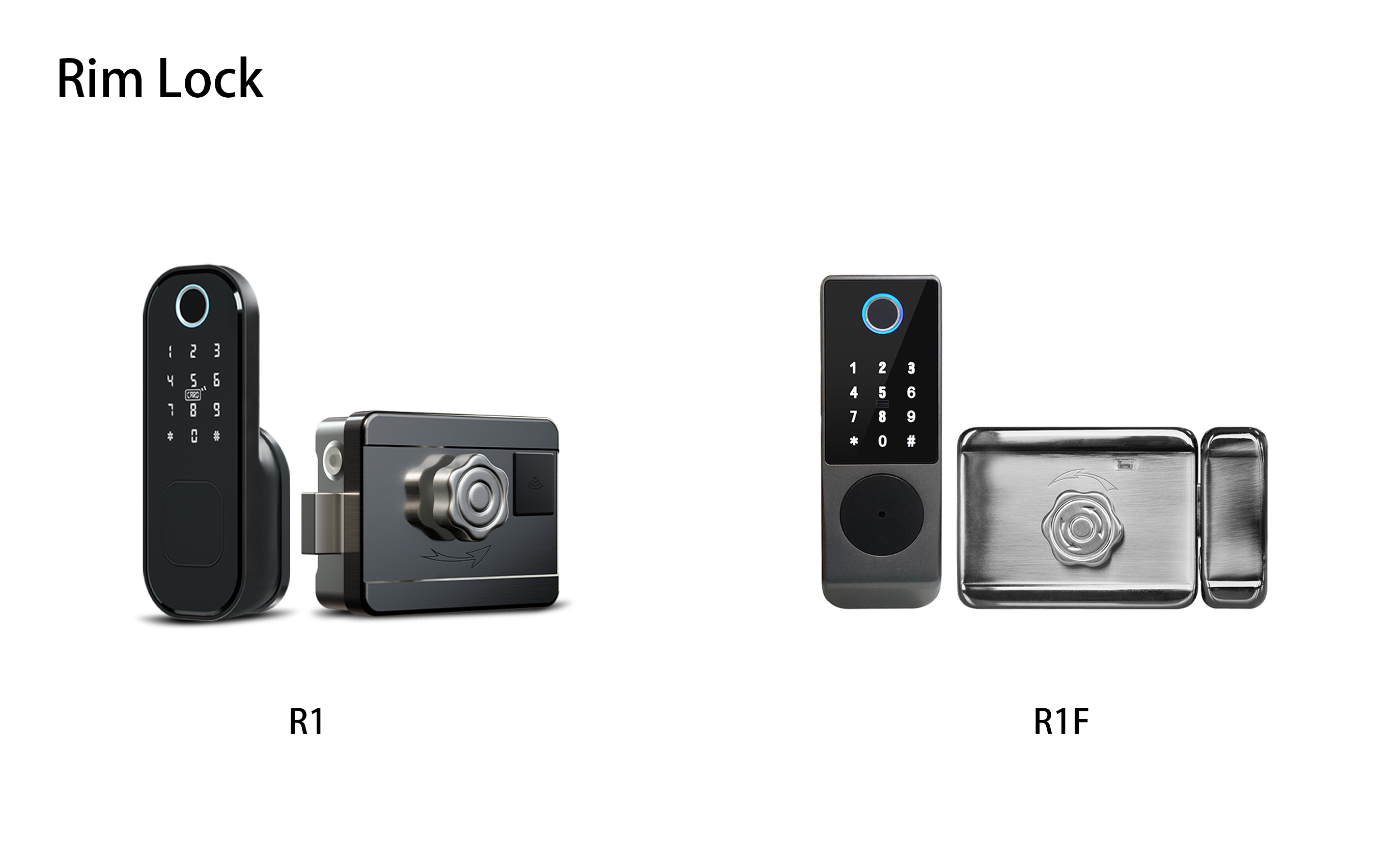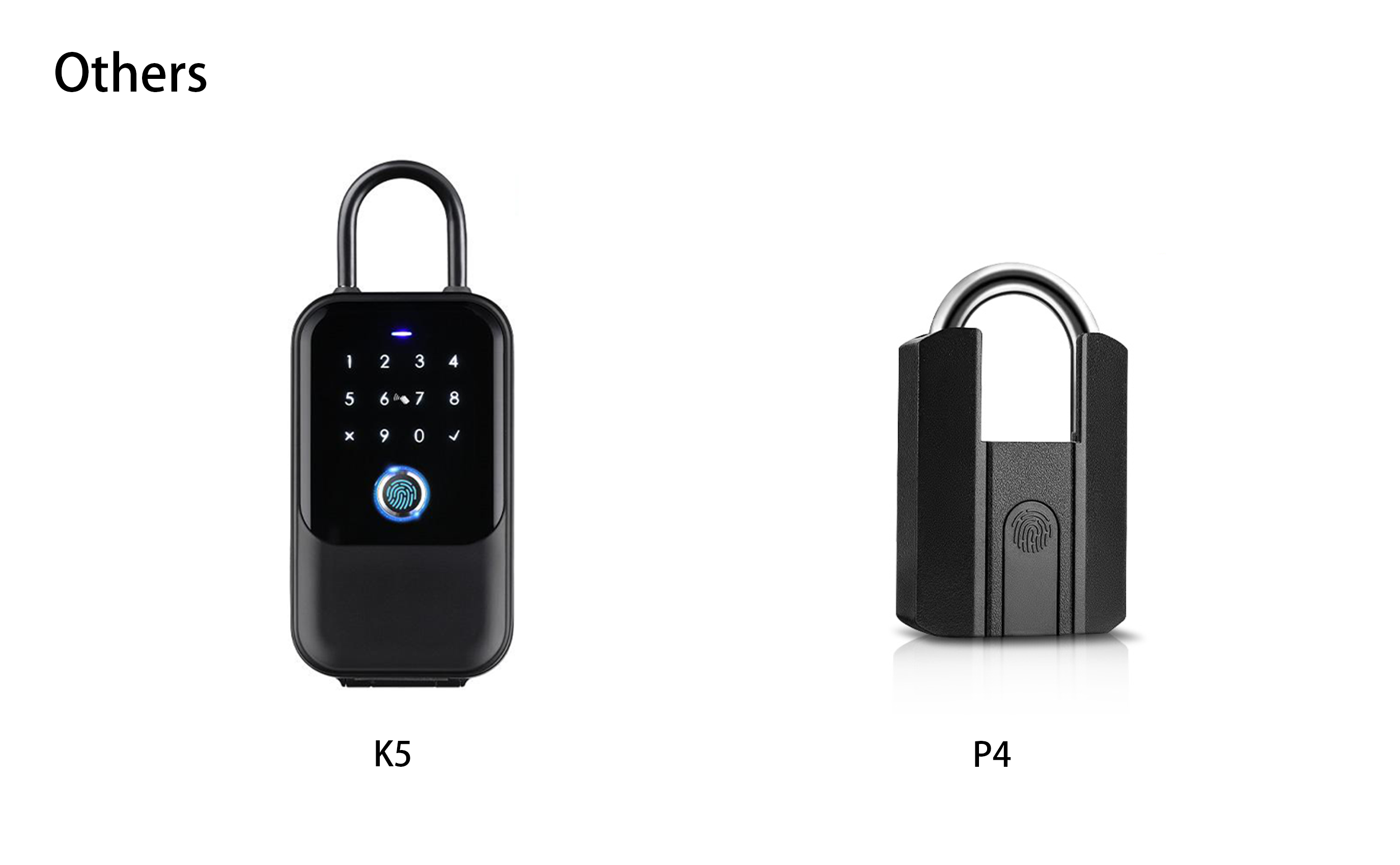
Smart locks labeled with an IP65 waterproof rating have undergone rigorous dust and water resistance testing. Below are the specific standards and testing methods for IP65.
1. Meaning of the IP Code
The IP (Ingress Protection) rating, established by the International Electrotechnical Commission (IEC 60529), defines an electronic device’s resistance to dust and water.
- First Digit (6): Dust protection level (solid particle resistance).
- Second Digit (5): Water protection level (liquid ingress resistance).
2. IP65 Specific Standards
Dust Resistance (6)
- Test Requirement: Completely dust-tight.
- Test Method: Exposed to a sand/dust chamber for 8 hours with no internal dust penetration.
Water Resistance (5)
- Test Requirement: Resists low-pressure water jets (nozzle diameter 6.3mm, water flow rate 12.5L/min, distance 3m).
- Test Method: Sprayed from all angles for at least 3 minutes, with no water ingress inside the device.
3. IP65 Testing Scenarios for Smart Locks
- Outdoor Use: Resists rainwater, car wash sprays, and other daily splashes.
- Humid Environments: Functions reliably in high-moisture areas like bathrooms or garages.
- Dust Protection: Internal circuits remain unaffected in sandy or dusty conditions.
4. Why Do Smart Locks Need IP65?
- Extended Lifespan: Prevents water damage and circuit corrosion.
- Stable Performance: Fingerprint/Bluetooth functions remain unaffected in humid conditions.
- Safety Certification: Compliance with IEC 60529 boosts consumer trust.





